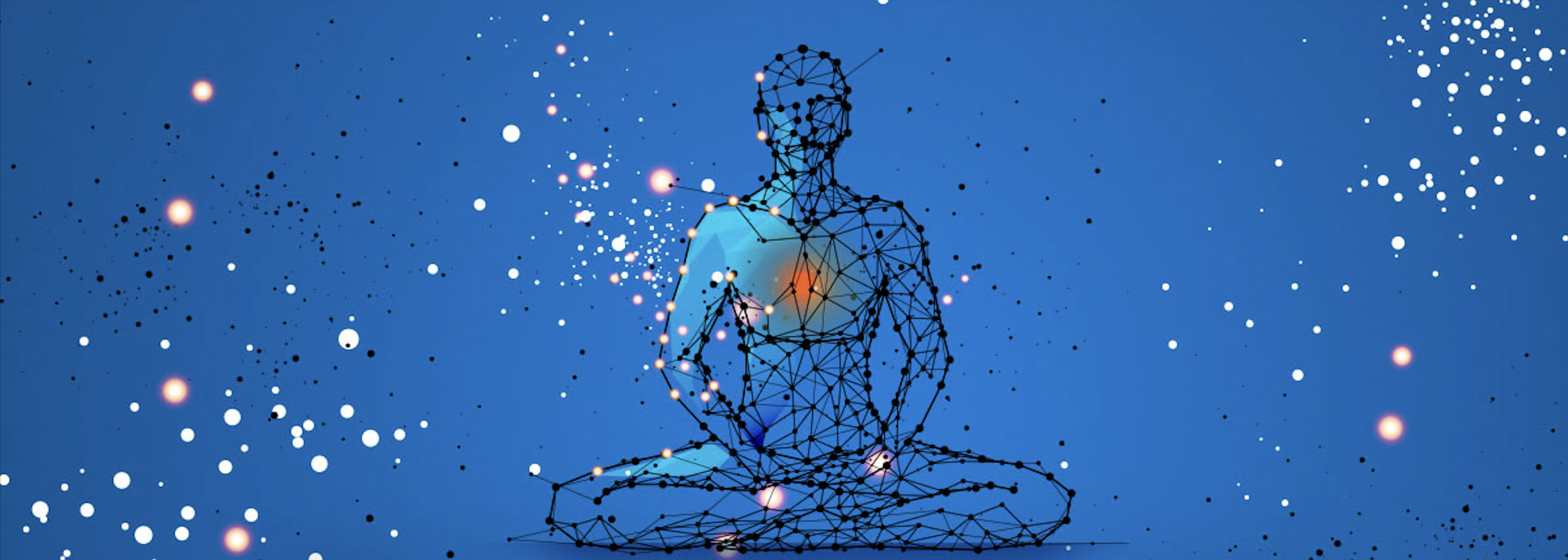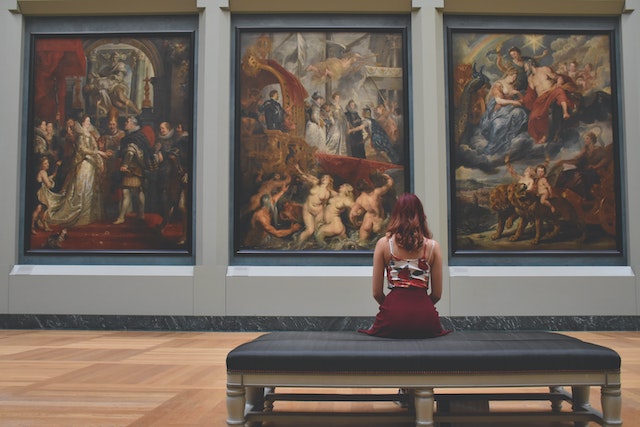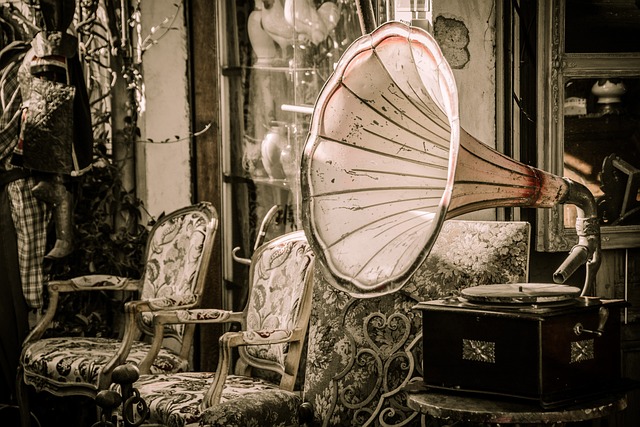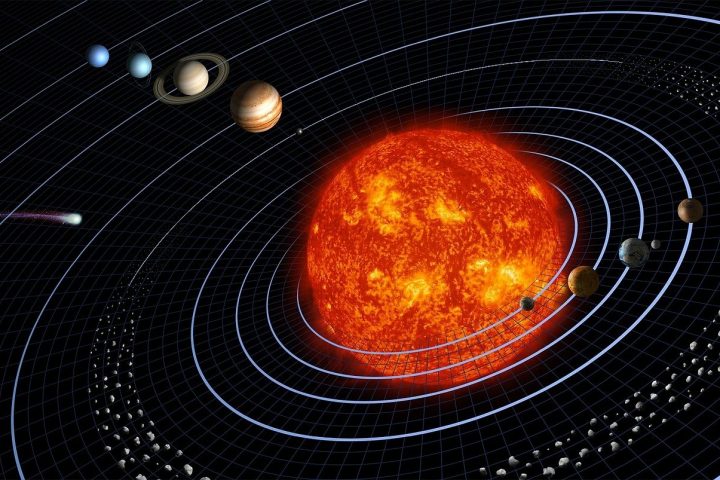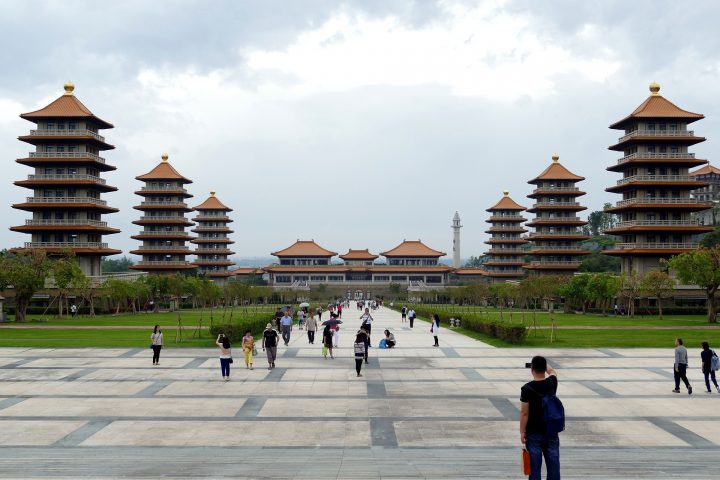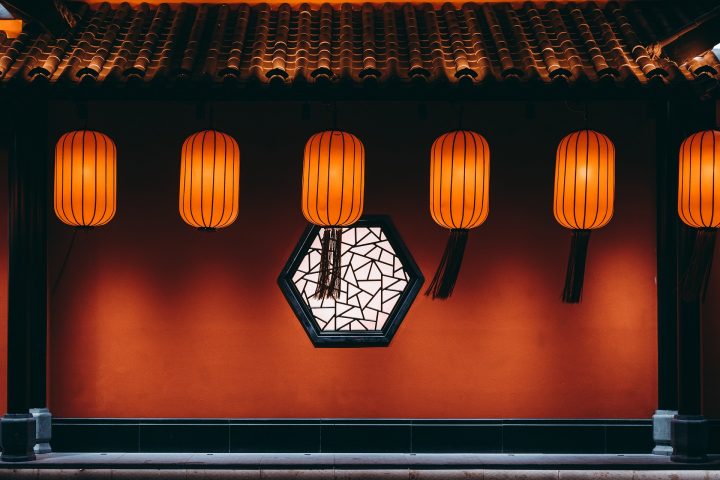Ever since the dawn of human civilization, art has silently followed human footprints. We have created outstanding things which later became the most-cherished art of all time. Art has been part of human history forever, whether it is the artifacts we have recovered from the Upper Paleolithic period or the contemporary arts we generously rely on like movies – arts hold an important place in our life.
It has influenced and changed the course of many civilizations and has left its imprint on generations. In this article, we will try to explore how art influences humanity. Stay tuned!
What is Art?
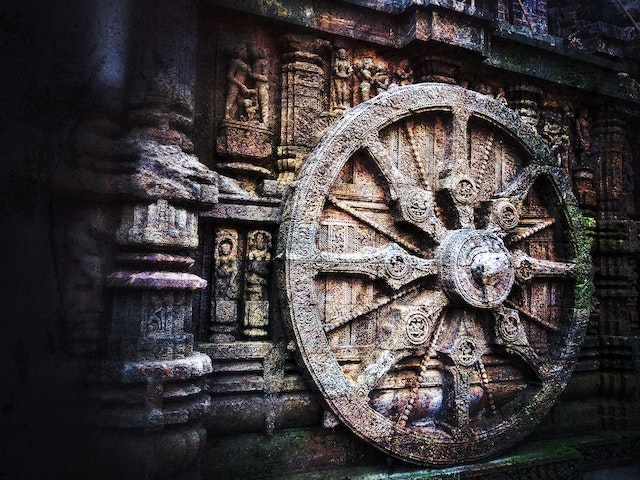
Art is a person’s way of revealing his/her innermost thoughts and feelings and giving them a form that others can interpret and understand. It is an expression of one’s thoughts and inner self, which they try to portray in the physical materials.
It is a way of giving form to ideas and notions by instilling them into an object and creating something new and unique by bringing it all together. It is produced by using a physical object as a medium which works as a foundation for the creation of the artwork. Art is a diverse field and includes many kinds of art forms like Paintings, Sculptures, Architecture, Music, Calligraphy, etc.
It is produced by engaging with different mediums like paper, colors, music, technology, etc. We have many examples of the finest arts created over centuries which have been of great significance and have served as an inspiration for many.
Various time periods have served as a channel for the growth of the different art forms. The dimensions of art have incredibly changed with the increasing influence of one another. It is not just art that has mixed up so much but the amalgamation of the art with the whole of society that is reflected in the action and endeavors of the individuals.
The influence of art crossed international boundaries long back when western culture slowly and steadily made its way to the rest of the world. Not just the west but the impact of eastern arts too altered the ways and styles of western art forms.
One of the best examples of this is woodblock printing which was invented by the Tang dynasty of the ancient Chinese civilization and made its way to western countries like Turkey through the Silk route. It was during this time period that the Chinese people educated the west with the art of paper making.
Historical Background of Different Art Forms
Everything in our lives revolves around art, whether it is the eye-catching paintings hanging in the living area or the modern sculpture one gets to witness in a public circle.
But, let us look back to the time when Art propelled and made its way into the World. We will also discuss how art influences humanity.
Cave Paintings (Earliest Arts)
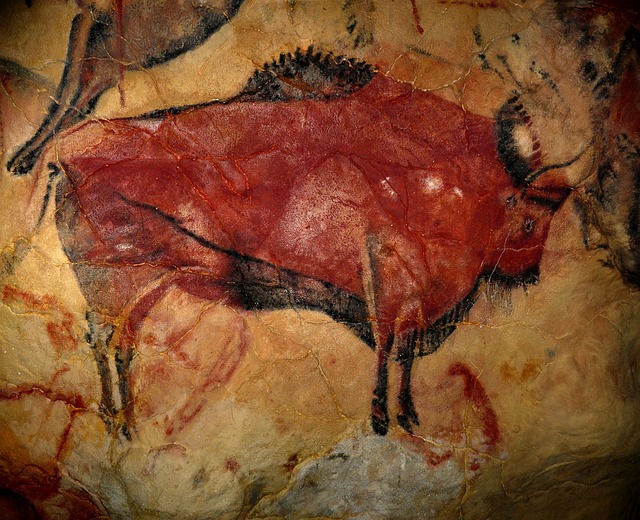
Art, in whatever form, we see today carries a legacy of centuries. The first form of art founded was in the form of cave art, also called cave paintings dating back to the Upper Paleolithic Period, between 40,000 – 14,000 years ago. As per the experts, the art discovered was the work of modern humans (Homo Sapiens).
Many such cave arts were found in Spain, France, Romania, Italy, Portugal, Germany, Russia, and Indonesia. However, as per the 2018 study, there were certain additions made in the discovery claiming the oldest art is 64,000 years old, it was non-figurative art found in the Iberian Peninsula (Southern Western Europe). This is believed to be the work of Neanderthals.
The animal cave painting of the Marso-Pangkep Karst of South Sulawesi, Indonesia, is around 43,900 years old and is a depiction of hunting, where a few human figures were said to be hunting a pig.
The cave paintings reveal a lot about the time period they belong to. The most common subject of paintings were animals, especially those that were hunted such as bison, deer, horses, etc. Handprints were also discovered inside some of the caves.
Experts believe that various pigments were used in the creation of cave paintings like Charcoal, hematite, manganese oxide, etc.
Cave paintings were a prominently used art form in the past. Many European, American, Asian, and African nations have reported the discovery of cave paintings dating back to different time periods. Cave art is an exemplary work that motivated the upcoming ages of artists.
It inspired people in sharing their emotions and feelings through paintings, which to date, is a widely practiced and cherished form of art.
Slowly and steadily, the art of sculpture-making made its way into the world. During the classic period, ancient Greece successfully created masterpieces. Gothic sculptures of the middle ages gathered the attention of the world as these represented the faith of Christianity.
Art has been also used as an influential means by nations to practice their power over one another.
Music
Music has been of great importance in human civilization. It has the power of challenging a society emotionally, morally, and culturally. Around the world, traces of music have been found in the pages of history. However, it is believed that the oldest form of music was used for religious ceremonies; it was produced using basic instruments like drums and sticks. Furthermore, it is in 4000 BCE that Egyptians created harps and flutes upgrading the music style.
Additionally, it was the passion of the Greeks that created the root of all classical arts. Music has evolved over the course of time in the world. In China, orchestra music progressed under the reign of many famous dynasties.
Many generations have used music as a source of information, making people aware of trending topics through its composition. Music has the ability to deeply affect an individual’s mental state by changing their mood, from sad to joyous, and vice versa.
The world-famous artist – Wolfgang Amadeus Mozart, has made his mark on the hearts of many by deeply instigating their emotional side. He was said to be the gifted musician of the classical era, who made classical music world-famous. Many researchers believe that listening to classical music and especially Mozart’s music can make a person healthy and enhance his/her mood.
Check out our article to learn more about the health benefits of listening to classical music.
Being exposed to music’s rhythm, beats, and melody enables a person to feel the emotions and feelings of the composer. It also influences individuals’ behavior by bringing out the best or the worst in them respectively.
These days, music is used for fulfilling many political causes as well; slogans and songs are produced during elections and otherwise to promote their work. Music not only impacts the mindset of the people but also brings them together under one roof, influencing them to stand with or against the system.
Literature – Poems & Books

The art of storytelling gave birth to the Literature we see today. Earlier, the old tradition of sharing myths and folklore was used for entertainment purposes. However, later it expanded to the usage of patterns that were easy to interpret and understand.
The ancient literary work belongs to the ancient Indians, Egyptians, Mesopotamians, and Chinese civilizations. Literature has always been used as a source of inspiration for many civilizations. It allows people to travel back in time and understand the previous era.
Literature also serves as a guiding force for people and advice them with life-related lessons. For example – the Spitzer manuscript, that is said to be the oldest surviving philosophical teachings of Buddhism. It is written in Sanskrit and was found on the northern branch of the Central Asian Silk Road. As per the studies, the manuscripts date back to 200 -230 CE.
There were different types of literary works produced in different nations including autobiographies of well-known kings, example of one such art is the autobiography of Mughal Emperor Humayun – Humayun Nama. It reveals the various aspects of the life of the king, which later served as an example for his son Akbar (Mughal Emperor) and others.
Many writers have also written about the time and experiences of the international crisis like wars, natural calamities, civil fights, etc. This has given insights to many people into critical situations and helped many in dealing with difficulties.
At the time of war, many influencers focused on changing the course of the action, hence, used literature as a tool to communicate with the masses to manipulate many.
Drama/Theater
The theater is one such medium that effortlessly transports one feeling to its audience. We can still forget the things we read somewhere but it’s difficult to erase emotions from one’s consciousness and the emotions can be well enacted in Dramas. The history of theater dates back to the 5th century BC, to the Greece city, of Athens.
It emerged from the festivals and sacred rituals which were the earliest performed cultural activities. Later on, politics, music, poetry, law, etc. were also included in the theater.
Nowadays, many critical issues are addressed and highlighted through theater. The theater is shaping an individual’s perspective as visual art’s impact more than any other art form. The expression of the artists communicates the aim to the masses.
How Art Influences Humanity
Art plays a pivotal role in shaping society and its culture. In fact, it is so powerful that it can influence people even after decades of its creation.
1. Connecting Two Different Timelines
The leaning tower of Pisa has captured the world’s attention ever since it came in limelight for its structure. This beautiful bell tower dates back to the 12th century, its construction began in 1173 and was completed in the 14th century.
However, it is the architect of this tower that has made it popular in the world. The tower is leaning from the beginning of its construction.
The unstable and soft ground couldn’t support the weight of the structure hence, leaned towards one side. Almost for a century, different architects tried their hands to make it straight but couldn’t do anything major as such. The cathedral served as an example for many architects and guided them on various aspects of architecture.
Such eye-capturing architecture still serves as a source of information for the common public about history. It connects two different timelines, one in which it was created and boomed and the other, which is witnessing it centuries after.
People get the chance to experience a time that no longer exists. Various inscriptions, relics, and stone carvings were found and they depicts the lifestyle of ancient people. These artifacts reveal different aspects of their life and answers questions like – Where did they live? What did they eat? etc
2. Connecting Different Cultures
Art has brought together people from different parts of the world. It has connected different nations and has broadened its horizon over centuries. Today, the amalgamation of different cultures can be seen in the present art forms. It has united people of different backgrounds and ethnicity and has improved the relationship between them.
Art has also opened a way for communication for people. It gave rise to sentiments and beliefs toward different cultures.
3. Inspiring Future Generations
History has created many artworks that have not only increased respect for the artists but have also inspired people into creating influential and quintessential pieces of work.
Artists have taken inspiration from well-preserved art forms of the previous generation and are inculcating them in their style and tone. Whether it is paintings, calligraphy, music, or drama, people are incorporating the tactics and techniques used during those time periods and producing antique works.
4. Changing the Opinions of Individuals
Art has a way of invoking the emotional feelings of a person. It can impact a person’s view on various matters like religious concerns, government issues, etc. In the past, artists have used their art to influence the opinion of the public.
During times of war or civil tensions, the artists showcase their support through their work, which is mostly seen in literature and paintings.
Books and poems were purposely written to impact their readers. Today, we see it in the clipart and doodles created and used by news agencies to show their support or protest against the government.
The great pyramid of Egypt is a remarkable work that has kept many nations confused for years. It reveals the outstanding ideas and careful planning that were invested in its construction. It has served as an example for many architects to better their knowledge in this field.
However, at times art influences humanity in a negative manner as well, the result of which is unrest and chaos in society. History is full of such examples where empires returned to dust under the influence of art.
5. Spreading Joy & Happiness
The painting of the Mona Lisa is still spreading joy to many. People from across the world attend workshops and exhibitions to witness the work of notable painters like Leonardo Da Vinci and Pablo Picasso.
It is believed that these painters were inspired by the Angels of God, hence, were able to produce such intriguing paintings that have attracted viewers from far away. Years after their creation, these paintings are still motivating novice and new painters.
Art has always been part of the world. It is one such area that has the power to bring together society. Individuals are not only learning from the previous art forms but are also inculcating the ideas and visions of the bygone eras.
Art has made history alive for the present generation and lets them experience past time. Art influences humanity in such ways that have brought together various nations. Its reach is widespread and influential and it has the ability to change the thought process of humanity. Art influenced humanity for ages and is continuing to do so.
